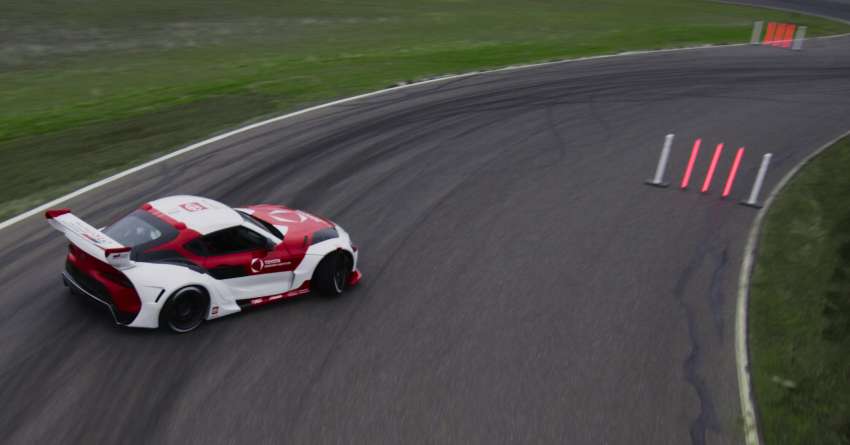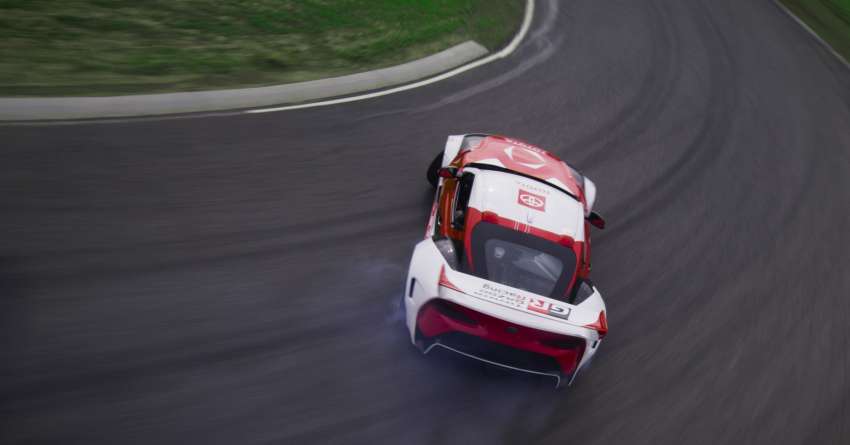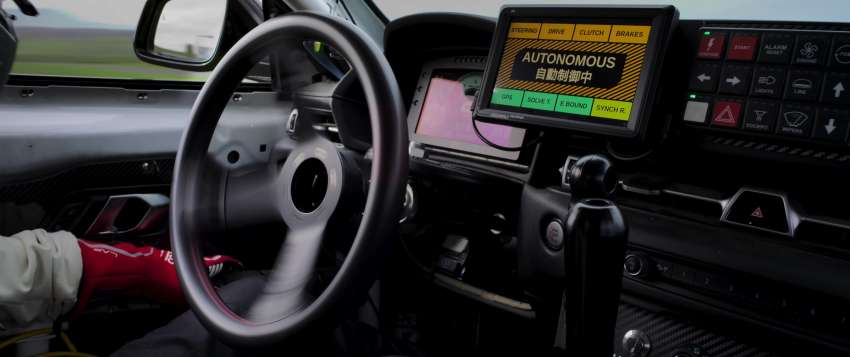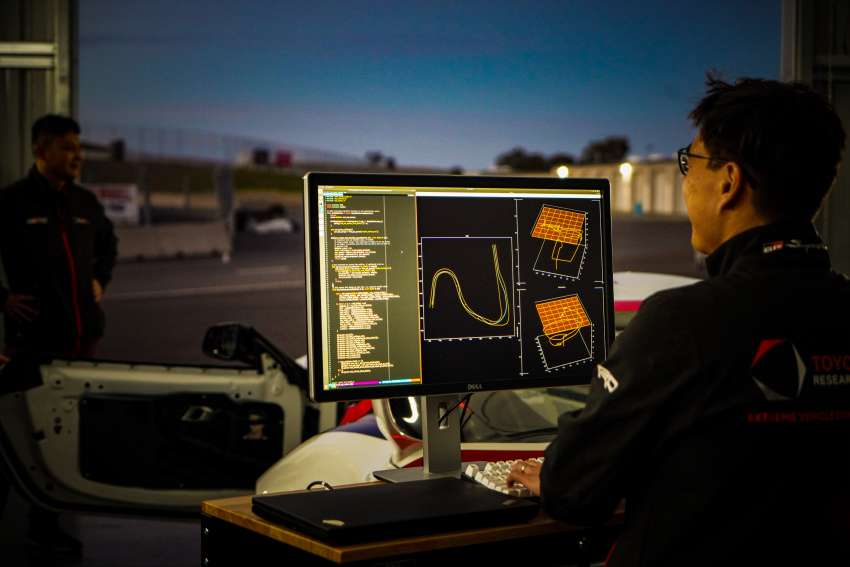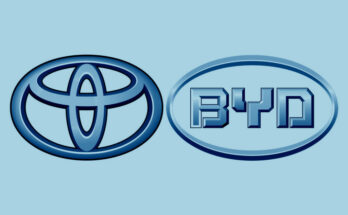Computer assisted technologies during recent years have enabled automakers to achieve leaps & bounds in vehicle safety. The latest example comes from Toyota Research Institute (TRI) which has developed world’s first autonomous drifting technology that can help vehicle maneuver its way out of danger, animatedly like a professional race car driver does.
TRI started the work a year ago in collaboration with USA’s Stanford University’s Dynamic Design Lab, with the idea of not creating an exhilarating auto-drifting car but to push active safety technology to the extremes, mimicking professional driver-level maneuvering in a way that could avoid crashes and prevent fatalities. The research scientist at TRI, Jonathan Goh explains:
“When faced with wet or slippery roads, professional drivers may choose to ‘drift’ the car through a turn, but most of us are not professional drivers. That’s why TRI is programming vehicles that can identify obstacles and can autonomously drift around these obstacles on a closed track.”
By building skills comparable to an expert driver, the newly developed technology can amplify and augment a regular driver’s ability to respond to dangerous and extreme situations, helping keep people safe on the road. A programmed Toyota GR Supra autonomously drift around obstacles at the Thunderhill Raceway, successfully demonstrating this technology. TRI’s algorithms activate and control drifting using the computer-operated steering, throttle, clutch displacement, sequential transmission and individual wheel braking equipped to the Supra research vehicle. The suspension, engine, transmission and safety equipment have been upgraded close to Formula Drift spec in order to operate the experiment safely under controlled conditions and collect data.
A programmed Toyota GR Supra performing autonomous drifting skills
Commenting on this, Avinash Balachandran, senior manager of TRI’s Human Centric Driving Research said:
“At TRI, our goal is to use advanced technologies that augment and amplify humans, not replace them. Through this project, we are expanding the region in which a car is controllable, with the goal of giving regular drivers the instinctual reflexes of a professional race car driver to be able to handle the most challenging emergencies and keep people safer on the road.”
However, drifting on a closed 3.2-km stretch of track with defined obstacles is vastly different from doing so on a roadway with unidentified hazards and traffic, so it will be interesting to see if the auto-drift assist technology is packaged with mainstream Toyota cars in near future. However, Toyota says it plans to continue research into how automated tech can help “amplify human capabilities on the road,” including in extreme situations that push the limits of vehicular capability.

A computer animation professional with over 23 years of industry experience having served in leading organizations, TV channels & production facilities in Pakistan. An avid car enthusiast and petrolhead with an affection to deliver quality content to help shape opinions. Formerly written for PakWheels as well as major publications including Dawn. Founder of CarSpiritPK.com



